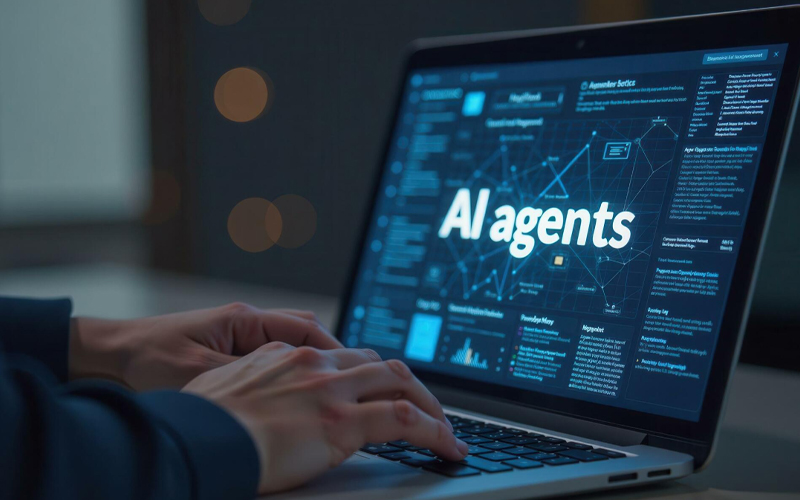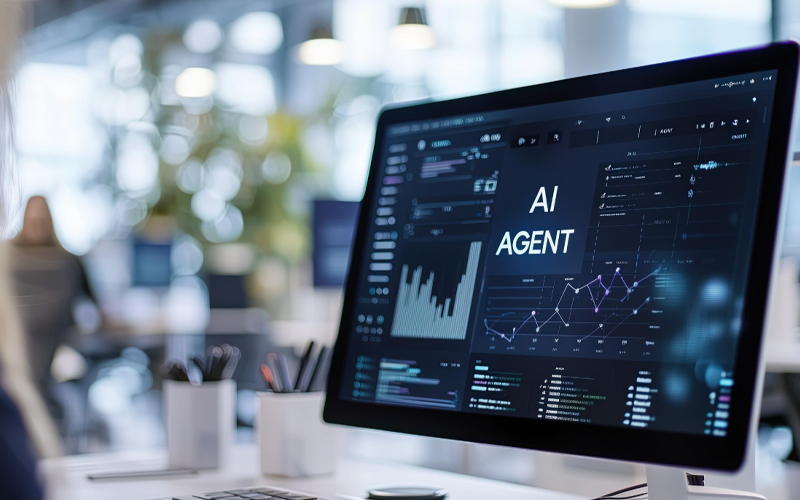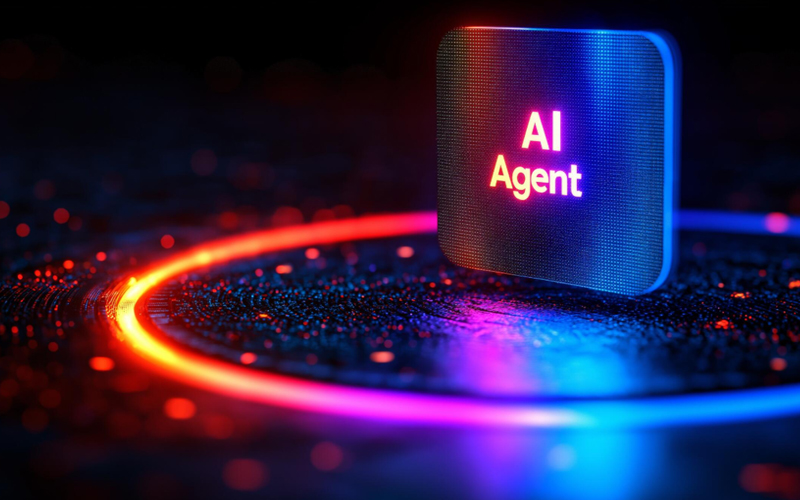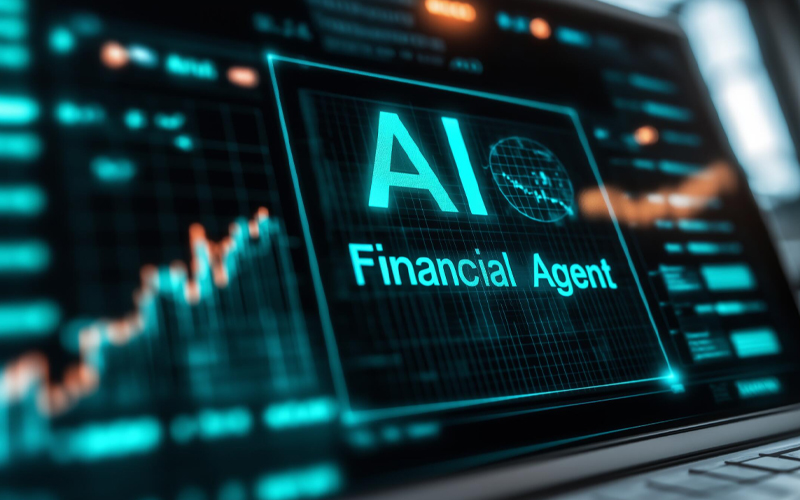Legal professionals typically drown lawyers in paperwork and processing, which drains their mental and physical energies. A survey has found that more than half of in-house lawyers feel overwhelmed by low-value tasks, making it difficult to create legal strategies and serve clients. Undoubtedly, generative solutions can automate most of these low-value tasks, including creating legal drafts and document summaries. AI tools can even predict legal outcomes and offer lawyers new perspectives to build winning strategies.
In this blog, we talk about some leading applications of AI in law and compliance.
Role of generative AI in regulatory compliance
The potential AI brings to legal case studies and research has become evident because it automates smaller tasks, improves accuracy, and maximises efficiency. With NLP capabilities, lawyers can easily prepare compliance documents and interpret complex regulations. It helps organisations adjust to global compliance needs by interpreting and localising languages, tracking data and transactions, and providing customised compliance training.
Additionally, chatbots can offer real-time assistance and prevent compliance risks. Generative AI helps legal firms stay on top of regulations, simplify case reviews, and uphold ethical standards.
Essential applications of generative AI
By altering the traditional legal due diligence and study practices, organisations can introduce impactful changes in their operations. Here are the top applications or gen AI that stand to revolutionise legal services:
Document review
Analysing and reviewing documents are essential parts of legal proceedings. Legal cases involve huge amounts of text material, such as emails, contracts, and various types of records. Document review is one of the top applications of AI in law that eliminates the daunting manual management of large volumes of data.
Generative AI automatically classifies documents according to relevant categories. Machine learning automates the categorisation process and eliminates the need for manual intervention. NLP is a capability of generative AI that extracts valuable data from documents and highlights relevant information that strengthens the case. AI applications allow legal professionals to quickly locate critical details without manually reading lengthy texts.
Predict legal outcomes
Generative AI predicts legal outcomes based on precedent, counsel history, and other relevant factors. In a car accident case, generative AI could scan and analyse incident details, witness testimony, and doctors’ notes based on information such as accident type, severity, and jurisdiction.
AI analyses the data and predicts the chances of winning a trial or getting a favourable settlement. Lawyers can then advise clients about realistic options, handle negotiations effectively, and plan for unforeseen circumstances.
Legal research
Legal research has gained traction as the leading application of AI in law, which makes it easy for lawyers to find relevant facts and precedents.
With AI in legal research, a large database can be scanned quickly and accurately to identify relevant material and legal documents.
For example, if a lawyer needs to research the law and precedents on data privacy. With generative AI, it takes seconds to scan through hundreds of documents and identify relevant cases. With it, lawyers can spend less time searching documents and more time analysing them.
Contract analysis
Contract analysis takes up a lot of space in the legal industry. A lawyer with even the most extensive experience would spend considerable time scanning the entire contract. AI in legal research eliminates one of the most extensive and time-consuming tasks by automating the contract review and summarisation process.
Legal AI tools can identify deviations between two contracts and inconsistencies between their terms. Imagine a law firm assisting clients in merger deals by comparing NDAs. Generative AI identifies confidentiality issues and exclusivity clauses and facilitates proactive negotiation while protecting clients.
Draft legal documents
Generative AI packed with natural language processing (NLP) capabilities can generate customised legal drafts, which a lawyer can fill out with contract details, saving significant time and resources. Utilising the templates, a lawyer can quickly create a lease agreement using user-supplied data, such as property details, rental rates, and lease durations.
With AI-powered error detection, grammatical errors are flagged, legal references are added, and formats are improved. Documents can be checked with AI tools, and attorneys can set goals to reduce error rates.
Stay updated with legal compliance
Generative AI allows lawyers access to the latest industry developments, allowing them to comply with legal requirements conveniently and making it easier for them to adjust to the best legal strategies.
With Generative AI, legal professionals can stay on top of compliance, identify potential compliance issues, and take the required measures.
Shaping the future with generative AI
Generative artificial intelligence is set to have a greater impact on legal operations, with enormous potential in the near future. These are two ways AI is shaping the future of law firms:
Enhanced language models
With the advancement of generative AI models, highly accurate legal documents will be possible. However, the legal language must be adjusted to the client’s specific needs with every iteration.
AI-enhanced litigation
AI can help lawyers identify potential legal issues early, making strategic litigation decisions easier. Analytics can also help lawyers determine the most effective strategy based on forecasts of case outcomes.
How can Infosys BPM help you deploy gen AI for business?
Infosys BPM Gen AI for BPM platform is a great way for businesses to integrate generative AI capabilities into legal operations to shape their legal firm with automation. With Infosys Topaz, legal firms move towards making the best use of generative technologies to add value to cases.








